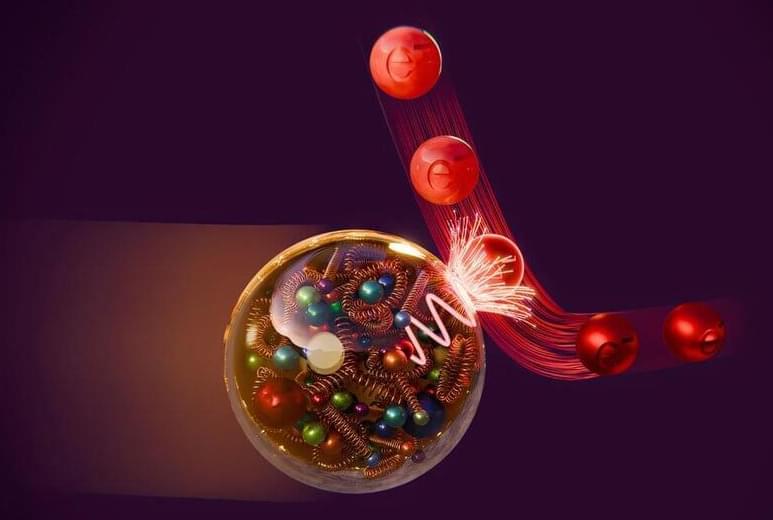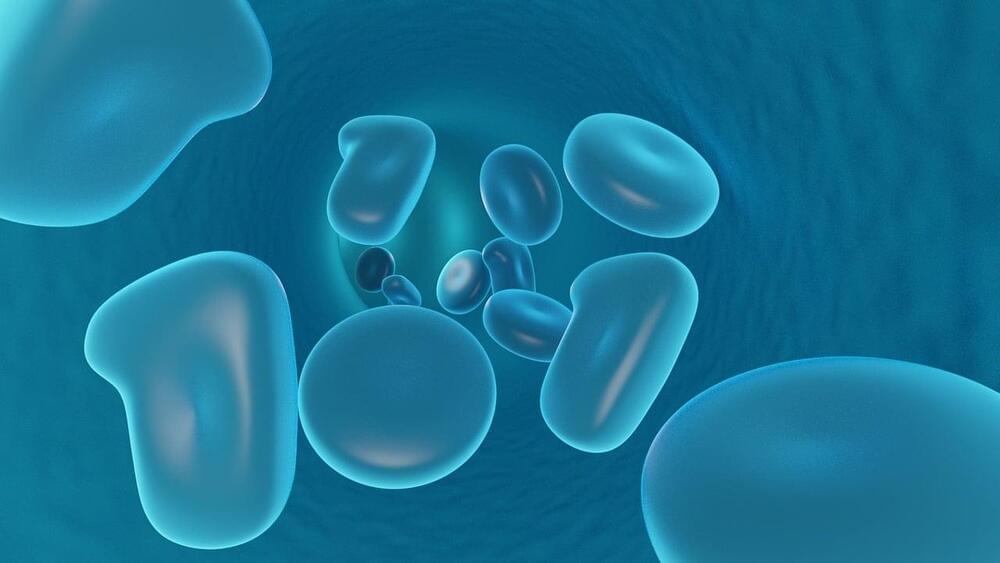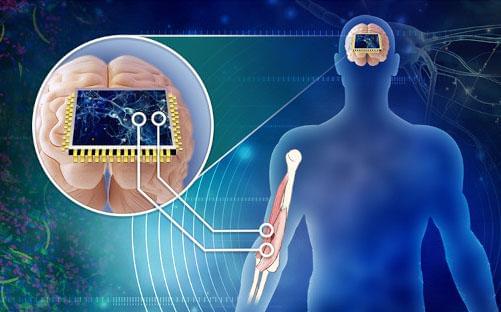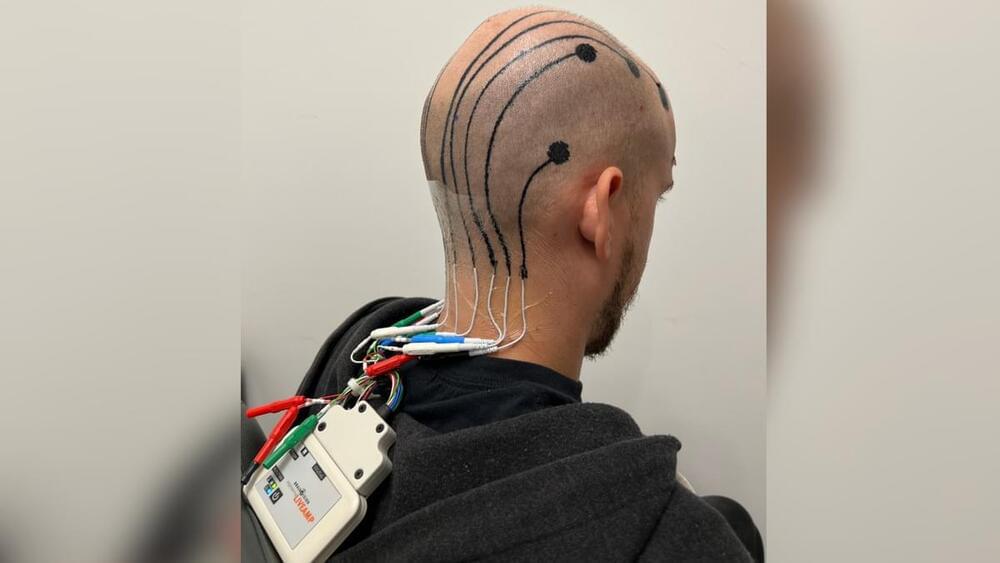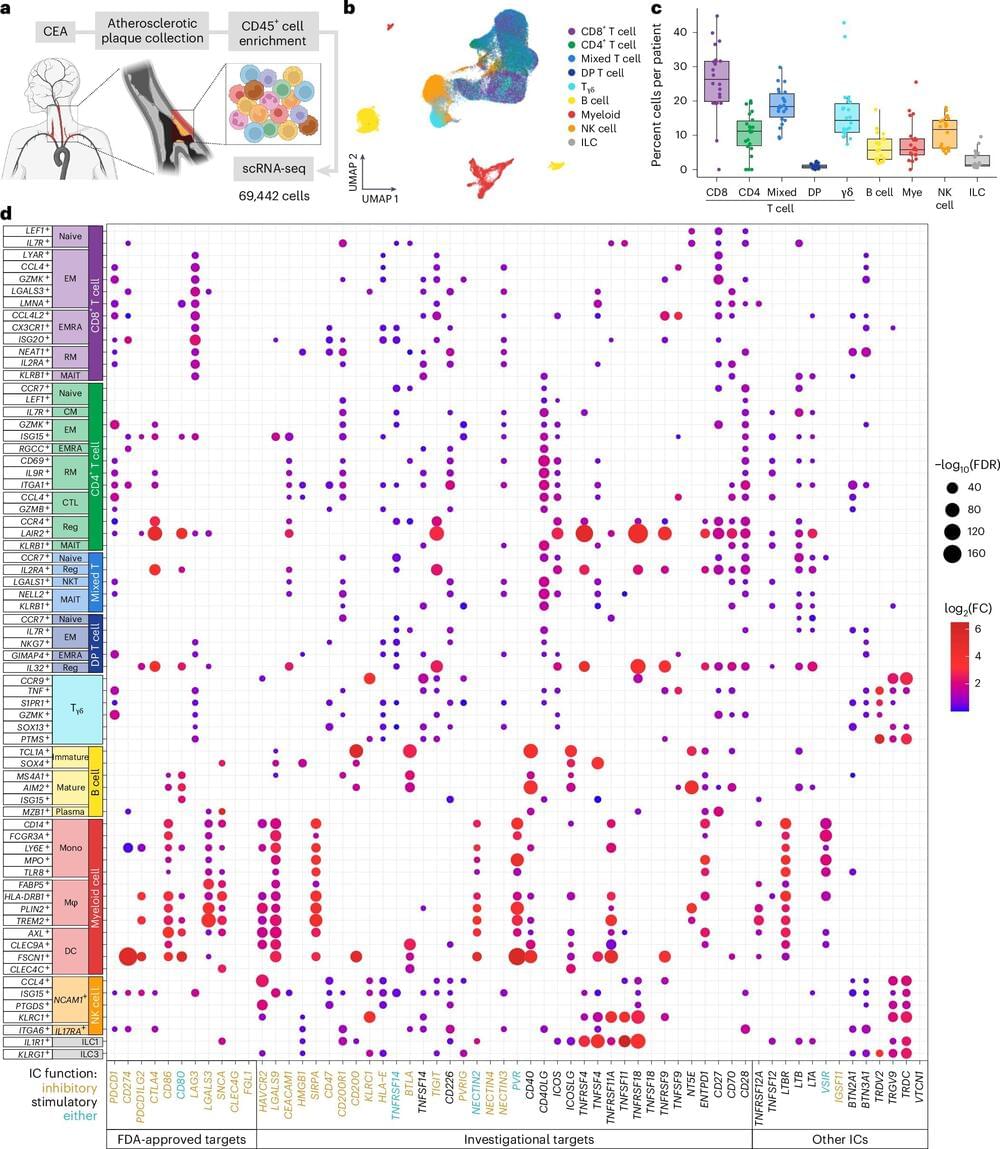A team of researchers has uncovered a previously unknown phenomenon that could improve the way we design materials at the molecular level. By unlocking a transformation between two types of structural defects on the surface of liquid droplets, the research opens new possibilities for controlling molecular patterns with unprecedented precision. This discovery has broad applications across a range of technologies, including vaccine design, the creation of self-assembling structures, and the synthesis of complex nanoparticles.
When guest molecules are positioned on liquid droplet surfaces, they typically spread out quickly due to diffusion, making it challenging to achieve precise control over their placement. However, the researchers discovered that droplets made from certain materials undergo a process known as “interfacial freezing,” in which the droplet’s surface forms a crystalline molecular monolayer while the bulk of the droplet remains liquid.
This process leads to a spherical shape with a hexagonal surface structure, where the curvature of the surface dictates the formation of structural defects. The defects thus formed are critical to controlling the behavior of guest molecules.

